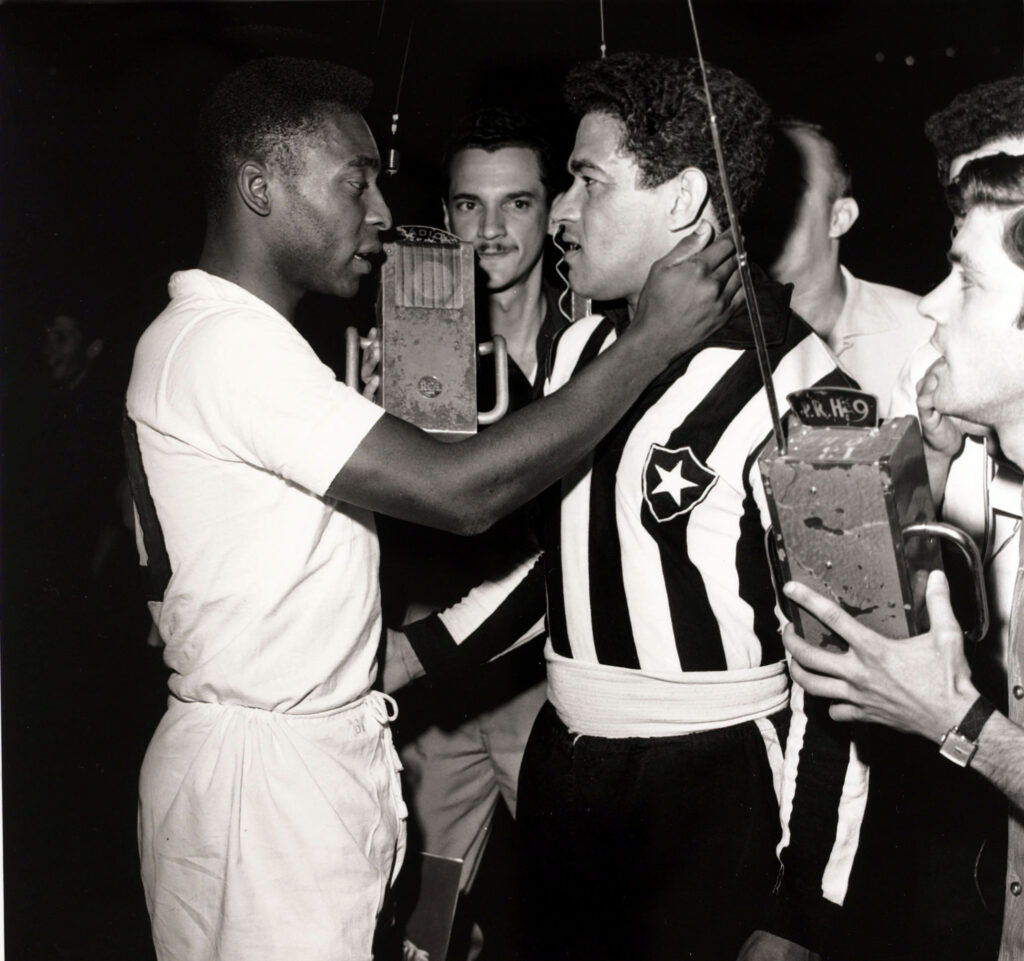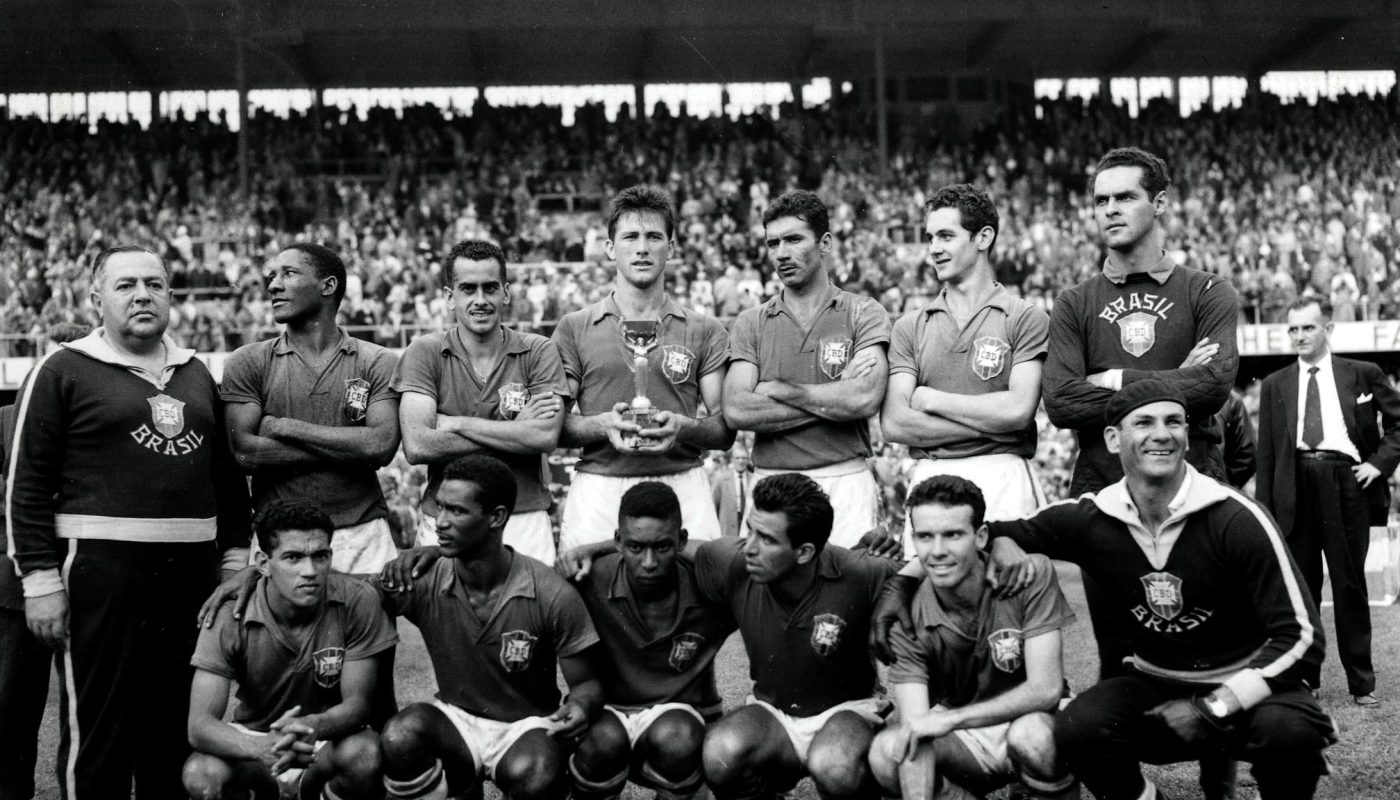
The Brazilian national soccer team revolutionized the sport’s tactics during the 1958 and 1962 World Cup, introducing the 4-2-4 formation. This was their strength and can serve as an analogy to corporate strategy and sales.
The lineup was composed of 4 defenders, 2 midfielders, and 4 forwards. The idea was that the midfielders could both defend and quickly transition the ball to the wingers or directly to the attack. The four forwards (two wingers and two center-forwards) were highly offensive, very mobile, capable of accelerating and switching positions, highlighting their creativity and individual technical skills.
This tactical setup showcased the talents of Pelé and Garrincha and helped Brazil win two consecutive World Cups.

Let’s transpose this formation to corporate strategy and sales.
First, let’s translate these positions into key functions and roles within a company. The center-forwards would clearly be the sales managers or closers—skilled in penetrating new client markets, infiltrating where needed, and adapting. They demonstrate great creativity to break through “opposing lines” (i.e., where competitors are) and score a goal (be accepted by the client, adapt the offer, change selection criteria—in short, create a winning strategy based on the client’s decision-making process). They have two essential qualities: technical expertise and strong relationship-building skills.
The wingers would be the business developers—people who can open doors to new prospects and qualify them. A good pass is a well-qualified lead.
The midfielders would be the communication and marketing departments. They have a global view of the “game” and propose tactical setups (which market segments to push, which to protect, and the route-to-market).
The objective is to constantly create opportunities and have an effective transformation of the “game” by formidable closers.
This implies a very significant investment in the attacking positions at the expense of other roles—here, communication and marketing (the midfield positions). It’s a temporary formation because if the midfield is left too exposed, the competition could exploit that to counterattack and break into our defended customer base and market segments. Among the risks is the potential burnout of the sales teams (high pressure that must be offset by role rotations and solid lead qualification).
Defense here plays a decisive role: project management, engineering, after-sales service, and R&D will keep existing customers and maintain their long-term satisfaction.
Thus, this very offensive and structured Brazilian 4-2-4 formation can help gain new market shares.

